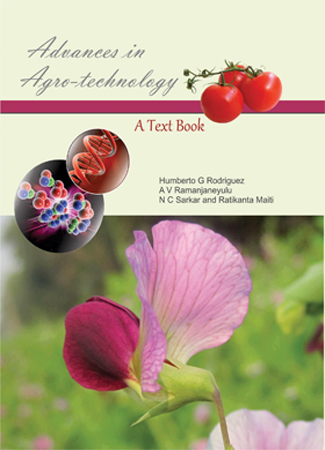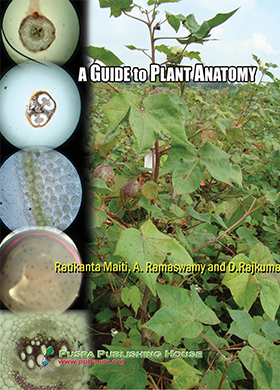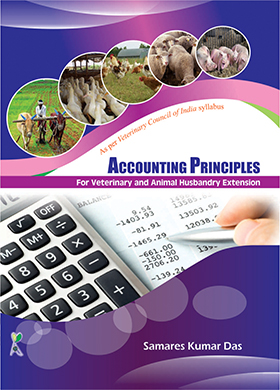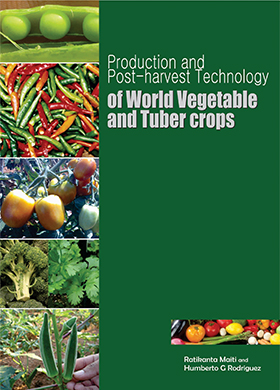Cite
Lalhmunmawia , Das SK. Social Structure of Mizo Village: a Participatory Rural Appraisal IJBSM [Internet]. 05Mar.2018[cited 8Feb.2022];10(1):077-080. Available from: http://www.pphouse.org/ijbsm-article-details.php?article=1231
People also read
Full Research
Lateral Bearing Trait in Indian Walnut (Juglans regia L.) Germplasm: a Potential Yield Contributing Trait in Early Age of the Tree
L. Chand, D. B. Singh, O. C. Sharma, J. I. Mir, K. L. Kumawat, K. M. Rai, S. A. Rather, I. Qureshi, S. Lal and Inder DevIndian walnut, bearing habit, leafy shoot, yield
Published Online : 07 Oct 2017
Research Article
Profitability, Resource Use Efficiency and Marketing of Potato in East Siang Districts of Arunachal Pradesh, India
Lakshmi Dhar HataiArunachal Pradesh, marketing, potato, profitability, resource use efficiency
Published Online : 31 Jul 2022
Research Article
Disturbance to Myristica swamps: Influence on Specific Gravity and Fibre Length of an Endemic and Endangered Tree Species of Western Ghats
B. Tambat, N. Rajaskekar Murthy, K. N. Muniswamy Gowda, G. N. Chaithra, Anil K. Sethy and M. Mahadev MurthyMyristicaceae, swampy, disturbance, specific gravity, fibre length, Western Ghats, wood
Published Online : 28 Feb 2019
Research Article
Assessment of Water Balance Components of Bhadar River Basin Using SWAT Model
Jainish Kelaiya and P. H. RankArc GIS, Bhadar, water balance, SWAT, groundwater
Published Online : 03 May 2019
Full Research
Application of CSM-CERES-Maize Model to Define a Sowing Window and Nitrogen Rates for Rainfed Maize in Semi-arid Environment
P. Leela Rani*, G. Sreenivas and D. Raji ReddyDSSAT, CERES-Maize, crop management, sowing window, nitrogen level
Published Online : 07 Jun 2014
Full Research
Effect of Different Levels of Irrigation and Nutrient Management Practices on the Performance of Tomato (Lycopersicon esculentum L.)
A. K. Dash, B. R. Nayak and N. PanigrahyTomato, yield, farmyard manure, water use efficiency, economics
Published Online : 07 Feb 2015



.jpg)
.jpg)






